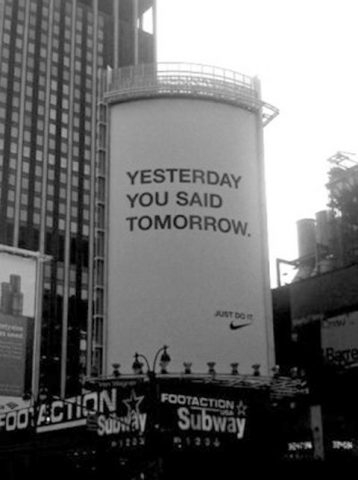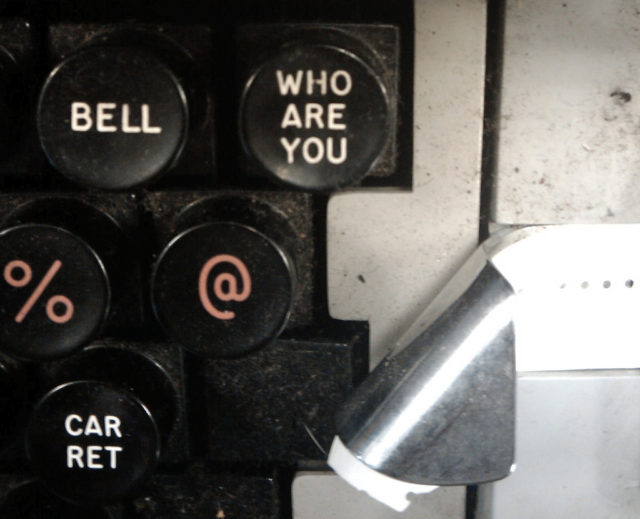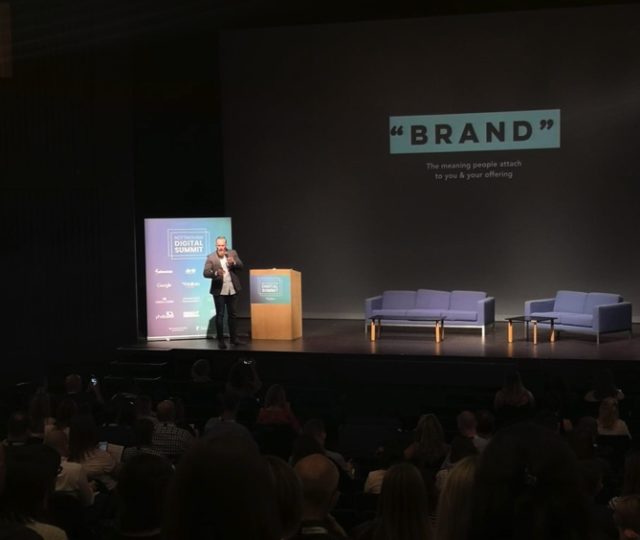Truly successful brands also understand the value of great brand messaging – something that gives them a clear voice and creates impact with their audience. You don’t need iconic slogans or ‘punny’ catchphrases, but you do need something persuasive.
Brand messaging is the way your brand communicates its unique value proposition and personality through its verbal and nonverbal messaging. It’s how your consumers can have a relationship with your brand. Your messaging can inspire and motivate them, making them want to buy your product. Ultimately, it’s the culmination of language, design, events, and philanthropic efforts that tell the story of who your brand is.
In this blog I’ll be exploring just why brand messaging is so important, and how you can start to create some of your own.
Why does brand messaging matter?
Every brand seems to have a lot to say for itself, but is any of it actually worth listening to? When businesses just use words for the sake of it, it becomes easy to simply tune out what they’re saying – and what they’re selling. But when brands use effective messaging, it cuts through all that white noise in the market and makes their audience sit up and take notice.

It affects how people perceive you and shows them how you add value through creating a deeper connection. Customers today are much more emotion-led, motivated to purchase because of how they feel, rather than just out of necessity. A clear message that evokes empathy is one of your most valuable sales tools.
Creating good messaging isn’t easy, and chances are if you just go ahead and put pen to paper straight away, you won’t get very far. That’s why I recommend having a go at the activities before getting down to the nitty gritty. Consider them warm-up exercises to flex your creative muscles!
Positioning your brand
A positioning statement is a crucial part of aligning all your brand’s strategic decisions. It’s not to be confused with a mission statement, which hopefully you’ll already have. Nor is it a company vision, or even a strapline – although they can all share similar traits.
This is more about where you sit in the market, what you do and what you stand for. It’s usually an internal piece of work, but it can and should be used as a guide for evaluating and aligning all creative work that comes from your brand, including your messaging.
Word stream
When it comes to writing a positioning statement, a good way to get started is with a word stream exercise. This is where you take some post-it notes and write down as many words or phrases you can think of that you would associate with your brand.
Set a timer for two minutes, and write one word per post-it note until the time is up. You’ll probably start off with some obvious ones, but the idea is that once you’re in the flow of it you’ll come up with things that are much more emotional and true to heart, which is what we need. Don’t think about it too hard – just let your brain run free.

Putting it together
You should now have a whole host of words at your disposal – so let’s try connecting some of the dots. Use your words to start off constructing a one-liner, something that embodies who you are as a brand. You can use several of your words, just one, or none of them at all. The idea is just that it sparks some inspiration and gives you a starting point for writing.
Make it a team effort
The best positioning statements have had input from multiple people. Gather your leadership team, or any key players in your business and get their opinions, or give them a go at writing their own versions. Not only can this help spark some of the most creative and impactful statements, but it’s also a great way to ensure that everyone is aligned and following the same vision.
Your brand promise
The next exercise is to find your brand promise. This should convey your vision, and what it is your brand actually gives people. By that I don’t mean what they buy from you in terms of products or services – what you actually give to them is something deeper, less tangible.
Take Apple as an example; their promise isn’t that you’ll have the very best bit of tech. It’s that their products will make you a different person, someone who sees and exists in the world differently in a way that just works. That’s certainly a lot more inspiring than just promising a decent laptop or phone.
Dig deep into what’s at the heart of your business, and try to write that down. It doesn’t need to be fancy or sound great, but it needs to be true.
Crafting your key brand messaging
Once you have a positioning statement, and you’ve nailed down your brand promise, you can start to craft some key messaging, using the work you’ve done already to guide and inspire you.
Key messaging covers a lot of things. It could be your main strapline or tagline – that one-liner that encompasses everything your brand is or stands for (often catchy or memorable). But it could also be other types of messaging. The main value proposition on your website. The words on a billboard, or the copy in your product brochure. Any marketing material that goes out into the world and represents your business will benefit from solid messaging.
Here are some important things to keep in mind when writing yours:
Is it customer-centric?
Try to get in the mind of your customer and view yourselves from the outside-in. Is this message speaking to your customer? Does it mean something to them? Does it speak their language? If not, then it needs more work.
Is it benefits-led?
Poor messaging tends to focus on features – which frankly, no one cares about. What they do care about are the benefits. Your messaging should highlight what’s in it for them, rather than just stating facts.
Is it the right tone of voice?
Your messaging should sound like it’s coming from you. If it doesn’t fit in with the way you’d normally speak about yourselves or your customers, it’s likely to be jarring and put people off. Here is a useful guide to finding your brand voice.
Is it concise?
The most effective messaging says what it needs to in the fewest words possible. It’s no place for waffle or filler content, so ask yourself ‘is there any way I can make this shorter?’ It isn’t easy – typically the shorter the copy, the longer it takes to write! But a clear, simple and concise message will register with a far larger number of people.
Is it emotional?
Is anyone actually going to care? Is what you’re saying emotive, will it resonate with people or inspire them to act? Don’t hide behind cold corporate speak or generics, and instead let your personality and passion prevail.

Getting brand messaging takes time – but it’s worth it
Don’t worry if you can’t come up with a winning strapline right away. After all, Nike’s ‘Just do it’ or McDonald’s ‘I’m lovin’ it’ certainly weren’t written overnight. It takes time to create messaging that works, and it will likely take several attempts before you’ve got something concrete. But getting it right is worth it.
Before long you’ll be able to build a solid messaging framework, which can then be used to guide and inspire all of your marketing collateral, ensuring it’s consistent, on-brand and effective. Then in time, this messaging will start to seep into your audience’s lives and minds, and your brand will be top-of-mind and recognisable with much more ease.
Great messaging is an integral part of building a successful brand, and the pay-off when you get it right is well worth the effort – you’ve just got to find the words!
Have you found this article useful?
Get Team Hallam's expert advice and guidance straight to your inbox once a week.



